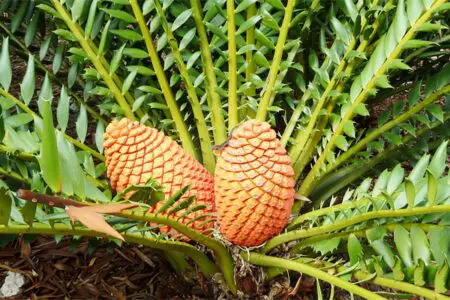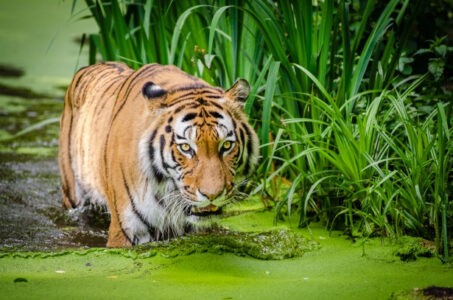Monocots and Dicots: Characteristics and Differences
Plants can be broadly divided into two types: flowering plants and non-flowering plants. In this case, flowering plant is also known as angiosperms while non-flowering plant is known as gymnosperms. Based on the nature of the embryo in the seed, angiosperms are again divided into the following two types: Monocotyledonous (Monocots) and Dicotyledonous (Dicots) plants. … Read more



